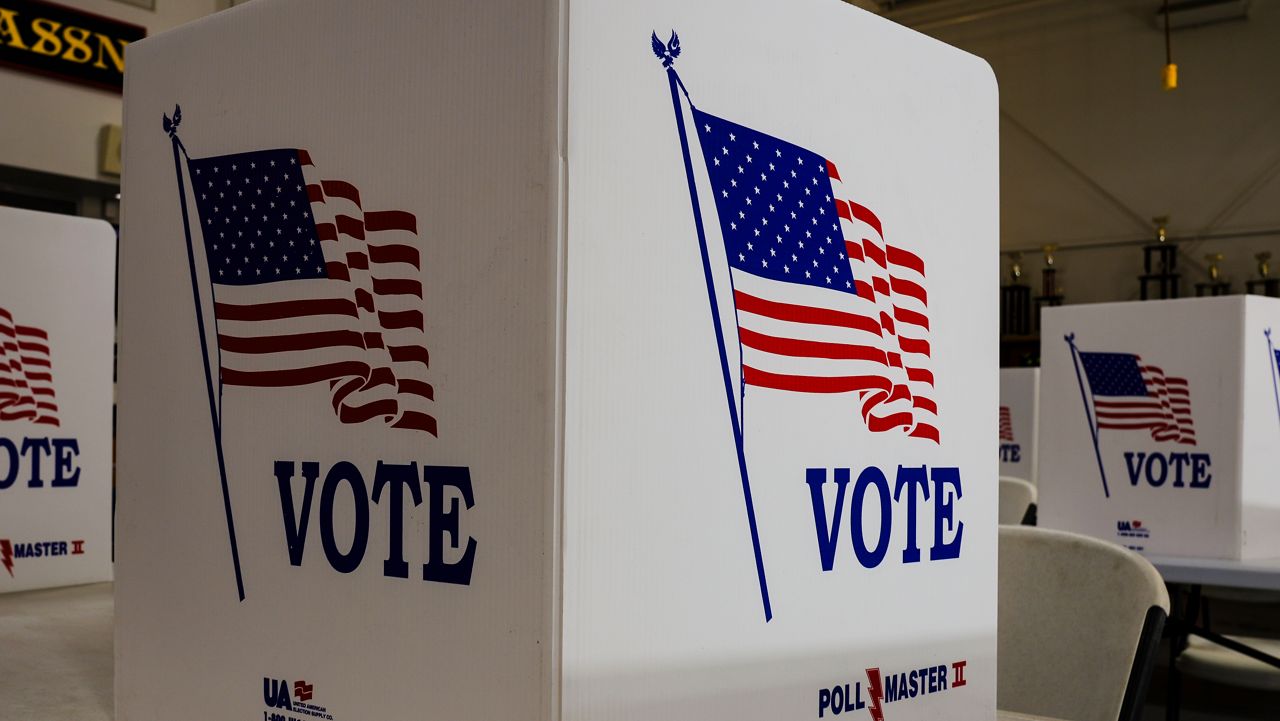GAINESVILLE, Fla. – The World Health Organization declared COVID-19 a pandemic on March 11, 2020, but experts say determining when it's over isn't necessarily a straightforward process.
What You Need To Know
- Experts say it's unclear what criteria the WHO could take into account when determining an end to the pandemic
- New case numbers, hospitalizations, and deaths could all be factors
- Restrictions could ease further in U.S. ahead of the rest of the world due to vaccination efforts
“What will be the criteria they use to make that decision is probably still a little nebulous," said Dr. Eili Klein, an associate professor in the Dept. of Emergency Medicine at Johns Hopkins University. He also tracks infectious diseases.
Klein said an important factor that will likely be taken into account is case numbers and when they dip to the point at which the virus is no longer a threat to public health.
“I think it’s primarily about cases, right? The other metrics, like positivity rate or the testing numbers or number of vaccinated, are all important metrics. They’re all influenced by how many cases there are," Klein said.
Hospitalizations are also an indicator. Klein said safety protocols put into place last year were meant to keep hospitals from becoming overwhelmed and having to turn away and deny care to people in need.
“Now, as you get the vaccines out there, the risk to becoming hospitalized is going way down the more people who are vaccinated. That’s the light at the end of the tunnel," Klein said.
Dr. Cindy Prins, an associate professor of epidemiology at the University of Florida, said the number of deaths will also likely be considered. Prins said one possibility is that when those daily numbers are similar to what is normally seen from flu deaths, that could contribute to the decision to declare an end to the pandemic.
"That’s something that we tolerate every year. That’s something that we’re used to dealing with," Prins said.
Prins and Klein said there's a chance the U.S. could be in better shape sooner than other countries because of vaccination efforts.
“We would look to the CDC to start implementing different guidelines showing us that we’re getting closer to the end of the pandemic, to show that we’re opening up a little bit more," Prins said.
According to Klein, the vast majority of the U.S. could see a return to normal by the end of the summer. He said the next two months will be crucial in setting the nation up for success by sticking to safety protocols.
“Now is the time where there are still some risk of people who are vaccinated being somewhat of a vector for transmission. So, I realize we all want to get out there and we all want to start doing things, but the more people can hold off just another couple weeks, the more lives we’ll save and the more people we’ll really be able to get out there and enjoy the summer," Klein said.
Klein said the pandemic could officially come to an end sometime early next year.









